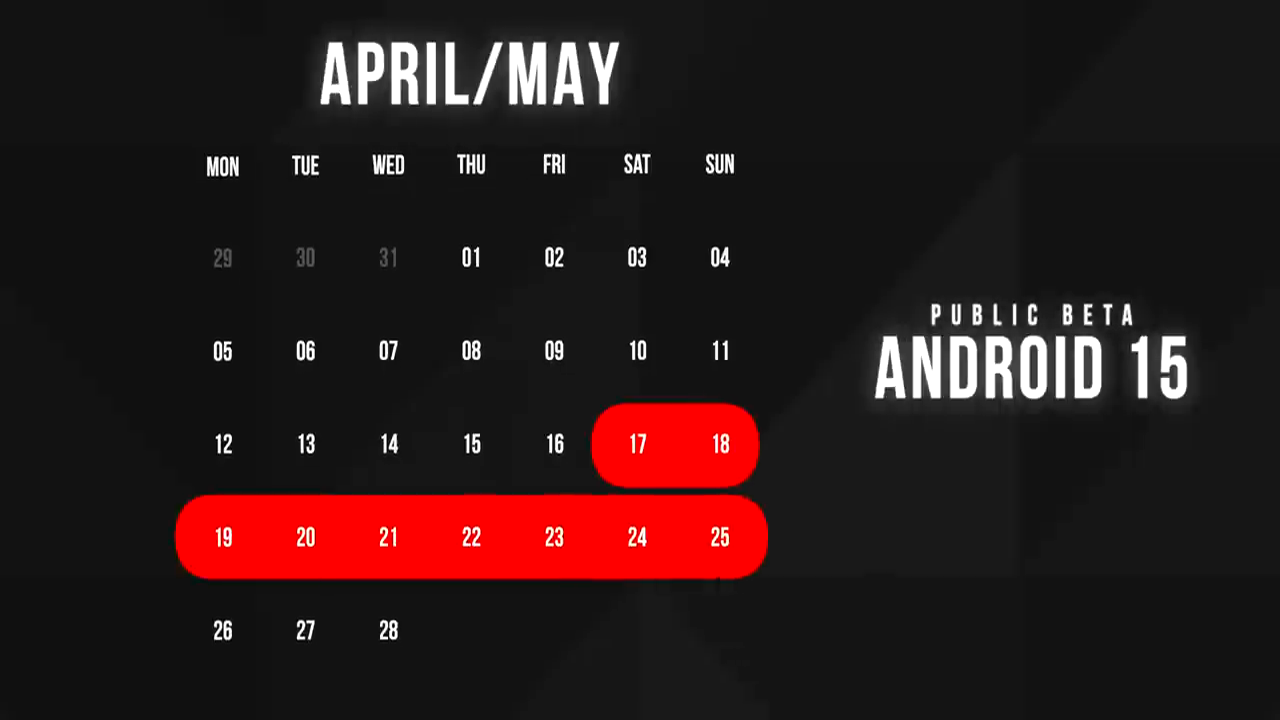Android 16 is Coming Sooner Than Expected: What This Means for the Future of Android
Google has confirmed that Android 16 is set to release in Q2 of 2025, a full 8 months earlier than usual. This news has significant implications for the Android ecosystem, and we're here to break down what it means for OEMs, developers, and users alike.
A Brief History of Android Releases
To understand the significance of this early release, let's take a quick look at how Android updates usually work. Typically, Google releases the developer preview of the latest Android version around February or March each year. A few months later, we get the public beta, and then finally, the stable release of the new Android version in October.
What This Means for OEMs and Users
The early release of Android 16 means that OEMs like Samsung will have to adapt their release cycles. With the latest Android version coming out sooner, OEMs will have less time to test and implement the new features and APIs. This could lead to a faster pace of innovation and potentially more frequent updates.
The Impact on Flagship Devices
The early release of Android 16 could also mean that flagship devices like the Galaxy S series might start launching in September or October, giving them a head start on Apple's iOS releases. This could lead to more competitive pricing and a more exciting holiday season for tech enthusiasts.
More Frequent SDK Releases
Google has also announced that Android 16 will have more frequent SDK releases, with two planned for 2025. This means that developers will have access to the latest features and tools sooner, leading to a more rapid pace of innovation.
Conclusion
The early release of Android 16 is a significant development for the Android ecosystem. With OEMs adapting their release cycles and more frequent SDK releases, we can expect a more exciting and innovative future for Android.





